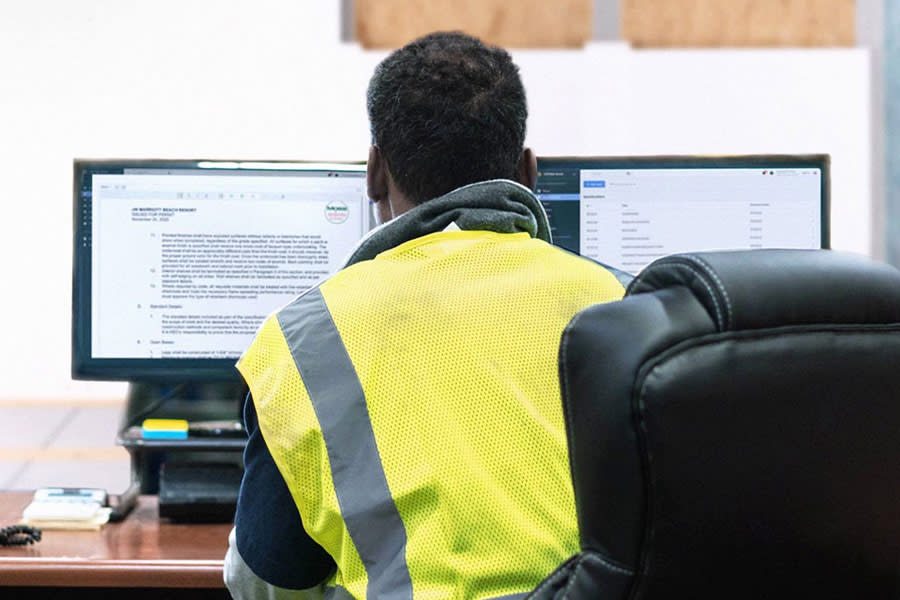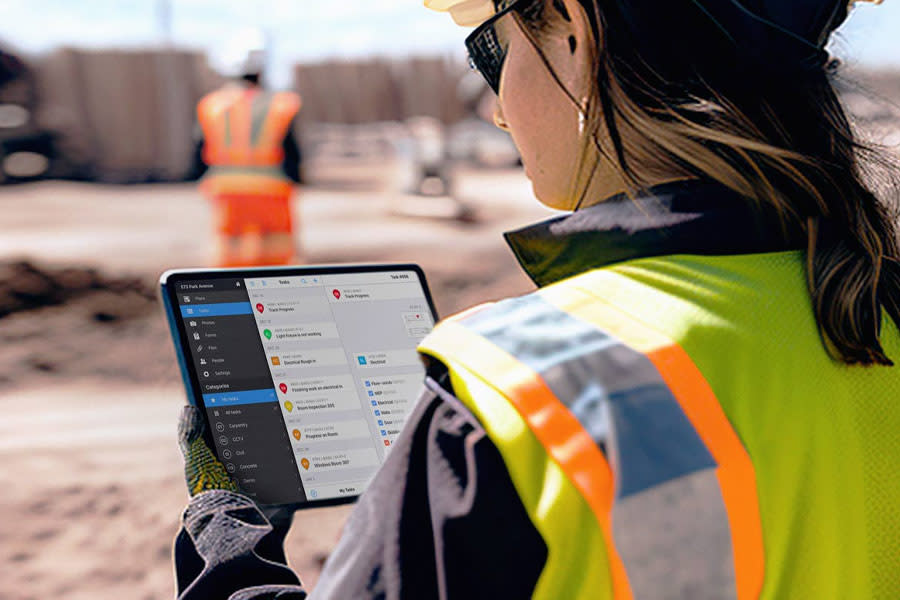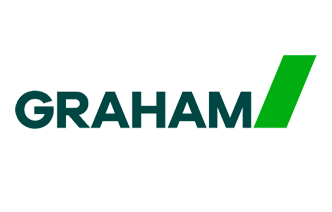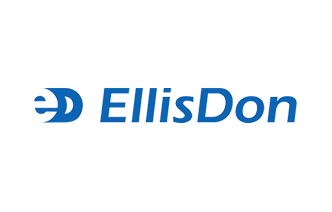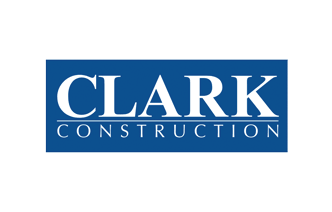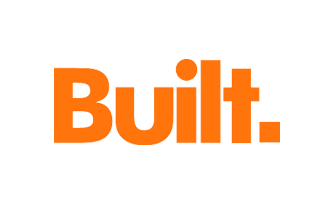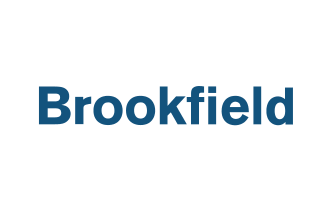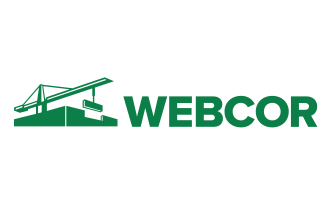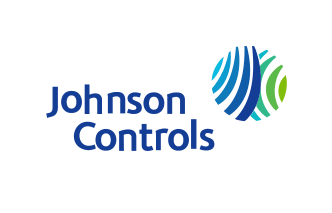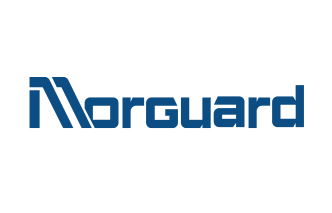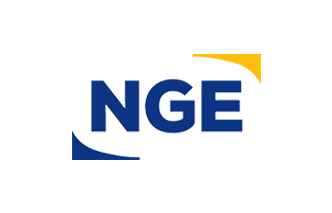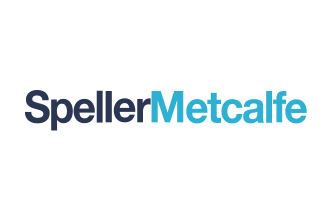Payment applications 101: A guide to pay apps in construction

In most industries, requesting payment is as simple as sending a bill or invoice for work you’ve completed. Due to the size and complexity of most construction projects, contractors often need to supply additional proof of their work to prove to the owner or general contractor (GC) that they deserve to get paid. On many projects, construction businesses are required to submit a payment application.
What Is A Payment Application?
A payment application, or pay app for short, often refers to the pay application form itself. But a pay app is actually a collection of supporting documents that first and second tier contractors submit to request payment. The construction contract will typically define the process for submitting a pay app, the documents to include, and the deadline for submission.
A pay application form works closely with the schedule of values. Together, they show the percentage of each item of work that a contractor has completed, and the amount they should be paid for it, minus any retainage that the owner or GC is withholding.
Contractors don’t get paid for the work they complete. Contractors get paid for the work they document.
When pay applications are used
Pay apps are typically used on projects with progress billing when payments are spread out over the course of the job at specific intervals. It’s also known as AIA billing since the American Institute of Architects (AIA) produces one of the most commonly used pay applications. With progress billing, contractors submit a new payment application before the deadline of each pay period for the work completed and materials purchased in that period. Each payment application builds on the one before it, so it’s important to be accurate, and double-check your figures before submitting.
Information on a pay application form
A typical pay application form will ask you to input the following information:
- Original contract amount
- Sum of approved change orders
- Total value of work completed & materials stored on-site to date
- Amount retained
- Total amount earned to date
- Total amount received to date
- Amount currently due
- Balance to finish
Best practices for pay applications
Contractors should read the contract closely before submitting the application to ensure they’re meeting the requirements. If you miss a deadline or fail to include a required document, your application could be rejected. Making a mistake could mean your payment is delayed. In some cases, you may even have to wait until the next pay period to apply again.
Generally, you should be as thorough and detailed as possible when applying for payment. The more evidence you can provide to back up your request, the more likely the owner or GC will be to approve it quickly and send your payment.
Documents Included In A Payment Application
A pay app will typically include several documents that work together. These documents include:
- The payment application form: See “Common Types of Pay Application Forms” below.
- A schedule of values: The schedule of values, or SOV, is a list of every work item on a construction job, along with each item’s cost. If using an AIA pay application form, their continuation sheet takes the place of the SOV.
- Change orders: A change order is a written agreement between the owner or architect and the contractor that changes the contract amount, work requirements, and/or schedule.
- Conditional lien waivers: A lien waiver is a document that waives the signing party’s right to file a mechanics lien. There are several types of lien waivers. With a pay application, you will typically submit a partial conditional lien waiver. This document basically says “I’ll waive my right to file a lien for the specific amount I’m requesting - effective once I receive payment.”
- Invoices from suppliers or vendors: If your suppliers or vendors have provided materials during the current pay period, but you haven’t paid them yet, include their invoices to prove it.
- Receipts: If you’ve purchased materials and already paid the invoices, include the receipts.
- Visual documentation: This includes photos, drawings, diagrams, or other visual proof of the work you finished or materials that you’re currently storing.
Common Types Of Pay Application Forms
The American Institute of Architects (AIA) produces one of the most commonly used payment applications, known as the G702 Application and Certificate for Payment. This document works with two other documents produced by AIA, the Continuation Sheet (based on the original schedule of values) and change order form.
ConsensusDocs also produce common pay applications for construction projects. They have different applications for lump sum and guaranteed maximum price (GMP) contracts, both of which are used by GCs when submitting applications to the owner. If using a ConsensusDocs contract, subcontractors will use the 710 Application for Payment.
There are a wide variety of pay application templates available. If you’re not using a standardized form like the AIA G702 or ConsensusDocs 710, make sure your pay app form includes all of the information required in the contract.
The Bottom Line
Pay applications can be confusing if you’ve never used one before, but they shouldn’t create cause for alarm. They’re so commonly used in the construction industry that you don’t have to go far to find help filling one out.
Perhaps the most important thing to remember is contractors don’t get paid for the work they complete. Contractors get paid for the work they document. When submitting a pay application, be as detailed as possible. Never assume that the GC or owner already knows about the work you’ve done. Ultimately, a complete and accurate payment application is a powerful tool that contractors can use to get paid faster.

 Jonny Finity •
Jonny Finity • 